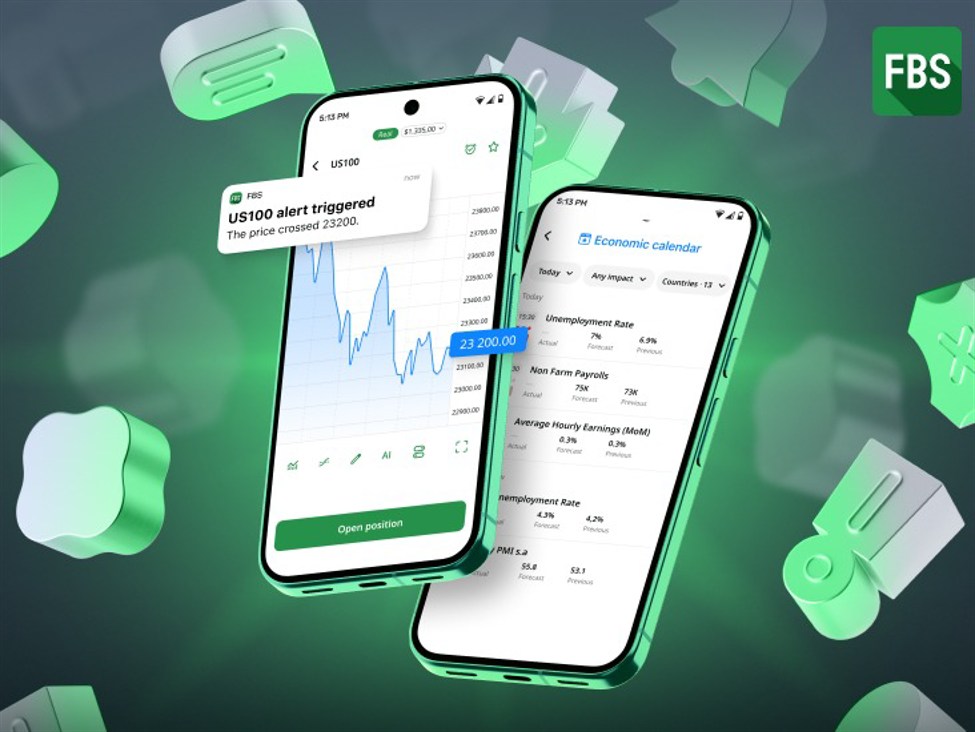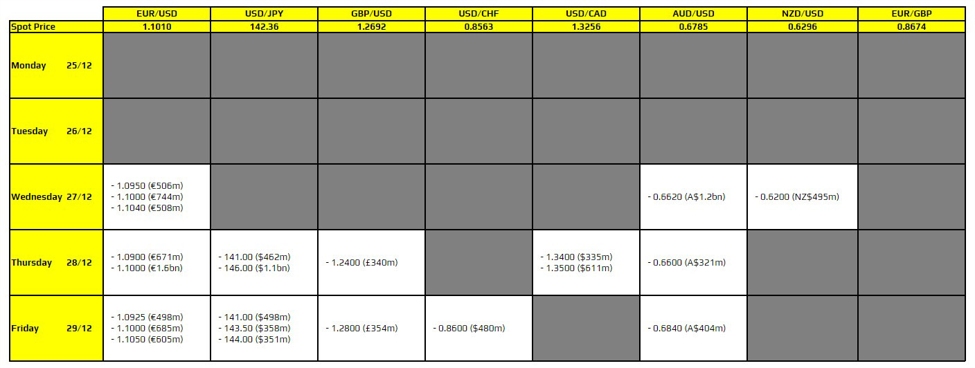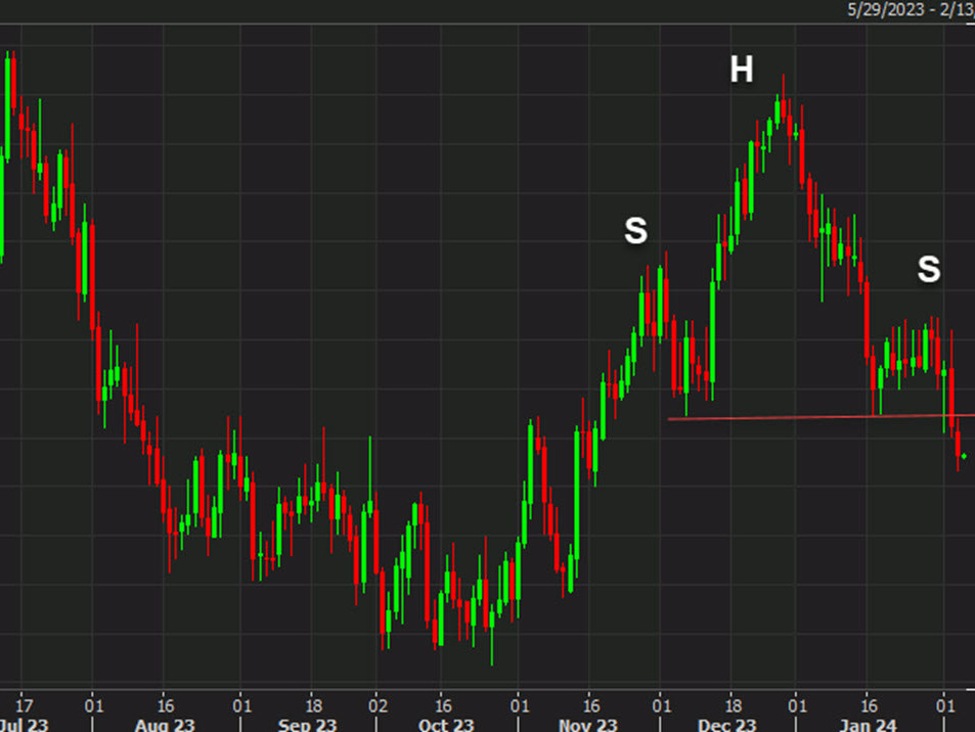Markets don’t move randomly — They move on schedule
Every explosive move in the market — that sudden EURUSD spike, that gold plunge, that oil breakout — starts with economic news.
Reports like CPI, GDP, or NFP instantly shift expectations and move currencies, metals, and indices within seconds.
That’s why traders pay close attention to when these events happen. Timing matters as much as direction. And that’s where the Economic Calendar becomes essential.
What is the Economic Calendar?
To make profitable trades, you need more than technical analysis. Chart patterns show what the market is doing, but only fundamentals explain why.
The Economic Calendar is the trader’s guide to the events that can move markets. It lists all scheduled economic releases and official statements that may impact asset prices — from central bank meetings and inflation data to employment and GDP figures.
When volatility spikes, it’s rarely random. Most of the time, it’s a reaction to a number or decision that was already on the calendar.
By tracking these releases, traders can prepare their setups, manage risk, and avoid getting caught off guard by sudden swings.
Even if your strategy relies on charts alone, ignoring upcoming economic events can wreck your plan. One unexpected report can invalidate a perfect technical setup.
That’s why professionals always check the calendar first — to understand what’s driving sentiment before they make a move.
How to read it like a pro?
When you open the FBS Economic Calendar, you see a clean table — time, impact, symbol, event, previous, forecast, actual.
At first glance, it looks like numbers and names. But to a trader, it’s a live map of potential volatility.
Let’s break down what you’re really looking at.
Each column tells a part of the story:
-
Time — when the event is scheduled. Timing matters because markets often start moving before the release as traders position themselves.
-
Impact — marked by dots or color intensity (●, ●●, ●●●). The more dots, the higher the expected volatility. Red means high impact — events like NFP or CPI; orange signals medium-level releases like Jobless Claims.
-
Symbol — shows which currency or region the data will likely affect (USD, EUR, GBP, etc.).
-
Event — the actual report or speech, such as “Retail Sales MoM” or “Fed Barkin Speech.”
-
Previous / Forecast / Actual — the most important part for traders:
Understanding these columns is just the first step.
The real challenge begins when the numbers go live — that’s when volatility hits, and only those who’ve prepared can catch the move instead of being caught by it.
Knowing Data ≠ Catching the Move
Every trader checks the calendar. But not everyone catches the move.
The reason? Markets rarely wait for you to react.
By the time you read the numbers, algorithms and institutions have already priced them in.
Prices spike in milliseconds, spreads widen, slippage hits — and what looked like a clear opportunity turns into chaos.
This is where discipline and timing separate professionals from beginners.
Pros don’t chase the candle after the release. They plan their scenarios before it happens — marking key levels and letting the market come to them.
And that’s exactly where FBS Price Alerts come in.
They bridge the gap between knowing and acting — giving you the right signal at the right moment, without staring at charts all day.
Solution: FBS Price Alerts — Trade Smarter, Not Harder
FBS Price Alerts are your digital assistant in the markets. They notify you when price reaches a target level — no more guessing or staring at screens for hours.
You can set them directly in your FBS trading app:
-
Choose the symbol (e.g., EURUSD, XAUUSD, BTCUSD)
-
Set your price level (Bid price)
-
Select condition when alert pops out (price crosses level, candle close above, etc)
Once triggered, you’ll get an instant notification: “XAUUSD hits 4210.”
That’s your signal. You check your setup, confirm the related event on the Economic Calendar, and decide: do you trade the breakout or wait for the pullback?
Price Alerts save time, reduce emotional trading, and help you stay disciplined — so you’re ready when the market is, not the other way around.
Why This Combo Works
Because it aligns information, timing, and action.
|
Tool |
Function |
Benefit |
|
Economic Calendar |
Tells you when volatility might come |
You plan ahead |
|
Price Alerts |
Tell you when your setup is ready |
You act instantly |
|
Together |
Connect news + price movement |
You trade with clarity |
Without this combo, you either react too late or act too early.
With it, you trade only when both news and price align — the ultimate signal confirmation.
It’s like flying with radar and autopilot — you still control the flight, but the tools keep you safe and efficient.
Conclusion: Let the Market Come to You
Most traders don’t lose because they misread the data — they lose because they rush.
The FBS Economic Calendar gives you awareness.
The Price Alerts give you precision.
Together, they turn trading from reaction into control.
Open the FBS Economic Calendar, set your Price Alerts, and stay ahead of the next move.














